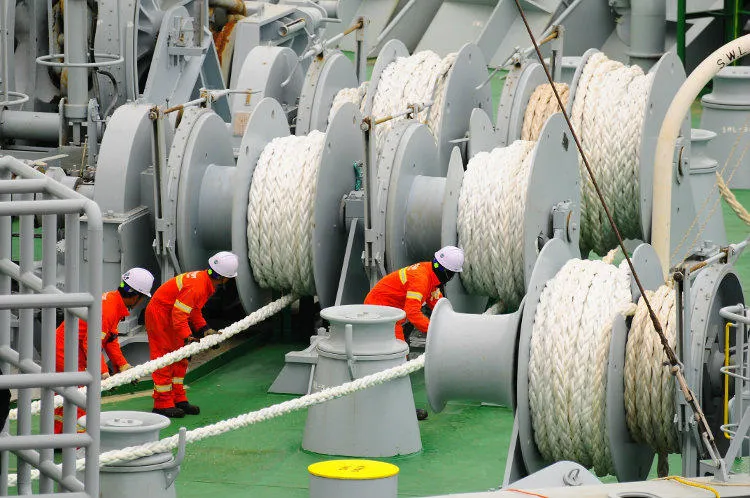Even the smallest maintenance issues come with inherent risks. That’s why it is essential for us as an industry to talk about incidents that occur so that we can prevent them from happening in the future. RightShip frequently refers to The Nautical Institute’s Mariner’s Alerting and Reporting Scheme (MARS) when seeking out lessons to learn from.
MARS is a free database containing reports of accidents and near misses covering several decades. It is one of the maritime industry's leading risk reduction initiatives and helps to make life safer for seafarers everywhere, while also being a valuable tool for loss prevention tool as well as a training aid for crew and management.
The issue: crew complacency and inadequate training
Often when we talk about incidents or fatalities there is an assumption that a significant and unavoidable accident has occurred. However, it’s not unusual for a small error in judgement to lead to fatal harm. With this in mind, we must ensure that crews are trained for even minor best practice habits to avoid serious injury and even death. There is no room for complacency and safety standards must always be adhered to if we are to avoid such issues.
Case Study: small tasks can lead to overboard fatalities
The below case study is from an edited official DMAIB (Denmark) report, republished with permission from The Nautical Institute.
A deck crew member went to the bridge to make a telephone call with the ship’s internet phone. While walking about on the bridge with the cordless phone, he went to the open outer door on the starboard side bridge wing, where he saw a slipper lying on the grating by the lifebuoy release station. Realising he had not seen the OOW when he came to the bridge, he concluded something was wrong. He immediately hung up and raised the alarm.
The Master and others arrived on the bridge and the general alarm was activated. A Williamson turn was initiated while a search of the vessel was undertaken.
A pan-pan message was transmitted from the ship’s VHF by voice and DSC (distress call). Shortly after, the local coast radio station replied and informed the vessel that the Rescue Coordination Centre would be notified of the situation. Approximately two hours and a half after hours after the victim was reported missing, a helicopter-based rescue swimmer recovered the OOW from the water, but the OOW was already deceased.
The investigation determined that the slipper that was found beside the starboard side lifebuoy release station belonged to the OOW, and the other slipper was not found. In addition, the light cap on the lifebuoy was partly unscrewed. One of the light caps and two O-rings from the port side lifebuoy were found on the chart table on the port side of the bridge. The light bulb was mounted on the smoke signal and showed no sign of being defective.
The guard rail at the lifebuoy release station was 103 cm in height with two intermediate bars set at between 20 and 30 centimetres below, while the buoy was mounted on a steel bracket by the passageway on the outside of the guard rail stanchion, which made it inconvenient to access.
To get a complete view of the lifebuoy, the OOW would either have to lean over the guard rail or to kneel on the grating to look between the intermediate bars. The OOW was 173 cm tall, which would make it difficult for him to lean over the guard rail without stepping up on the intermediate bar. It is therefore likely that the OOW stepped on the intermediate bar and leaned over the guard rail in order to loosen the light cap to inspect the light. In doing this he most likely lost his grip and fell overboard.
In conclusion, there was no readily available way to check the functioning of the buoy without dismantling it from the bracket. The lack of instructions or guidance from the preventive maintenance system meant that the OOW had to use his own judgement to carry out this task. The OOW presumably decided to inspect the light and smoke signal in place as removing it involved a certain risk of dropping the lifebuoy overboard, particularly when working alone.
Lessons learned
- As a matter of course, all maintenance tasks should be the subject of a risk assessment and the actions necessary for such maintenance should be documented in a procedure.
- Never work alone if there is even the slightest chance of falling overboard.
- Wearing slippers while on watch is not a best practice. Not only do they give less than adequate traction and protection, but an emergency could be declared at any time and a watchkeeper should be properly dressed and ready to respond.
Discover more lessons learned in The Nautical Institute’s MARS resource library
